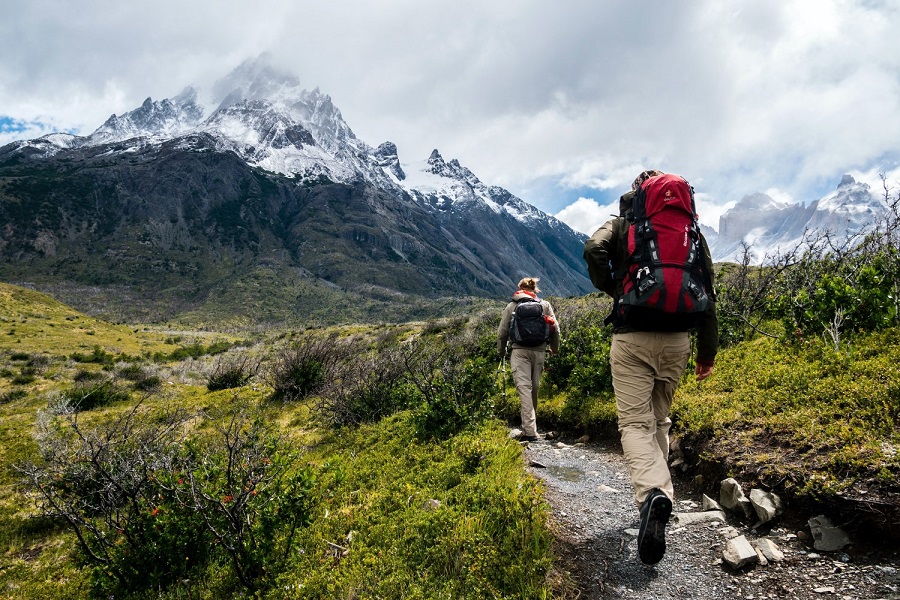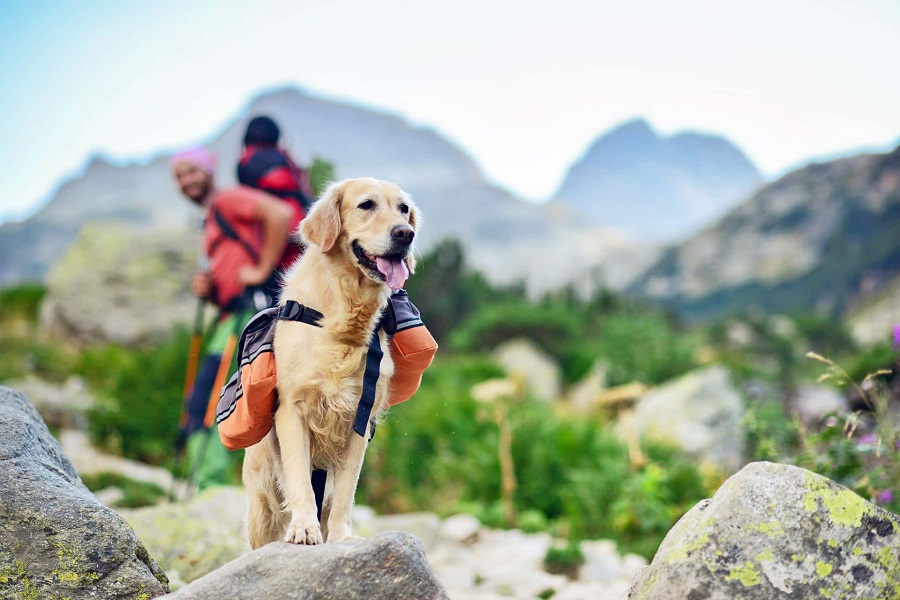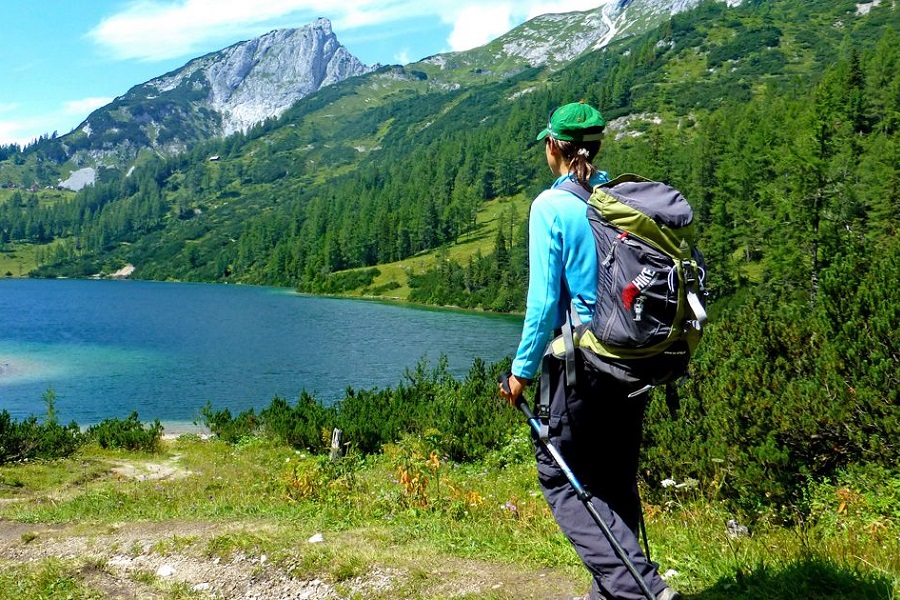When you are hiking in the backcountry and putting in full days of strenuous activity, you are going to want to consider best hiking food ideas that will nourish you, provide you with strength, and taste good.
When planning your trip, it is important to consider how many calories you are burning each day, as this will have an impact on the amount of food that you need to take with you.
Here are a few tips for the best hiking food to take with you on your backpacking adventure.
Amount Of Best Hiking Food To Take
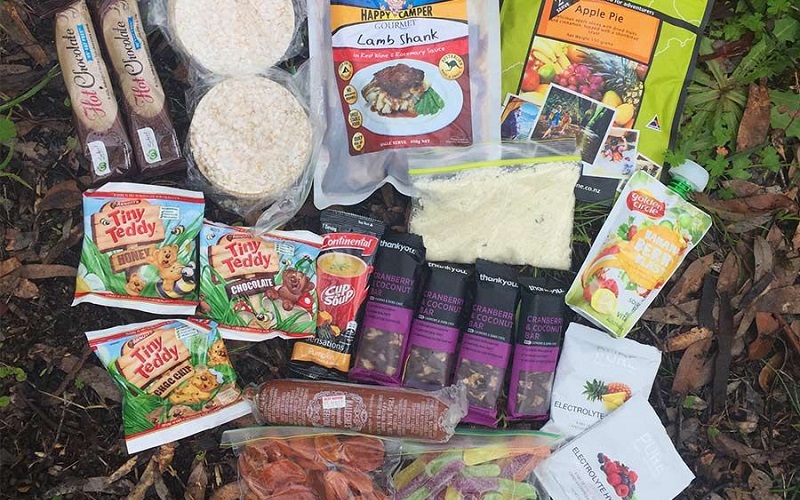
When you are thinking about how much food you should pack for your trip, you should always take a little more than you think.
One of the most essential things to take with you on an overnight hiking trip is an extra food supply.
A good rule of thumb to follow is to take about 1.5 to 2.5 pounds of food for each person each day based on your size and exertion level.
It is important to remember not to overdo it. One common mistake is to pack too much food, which will require you to carry extra weight.
As you become more experienced, you will learn the proper amount of food that will work for you.
Meal Planning
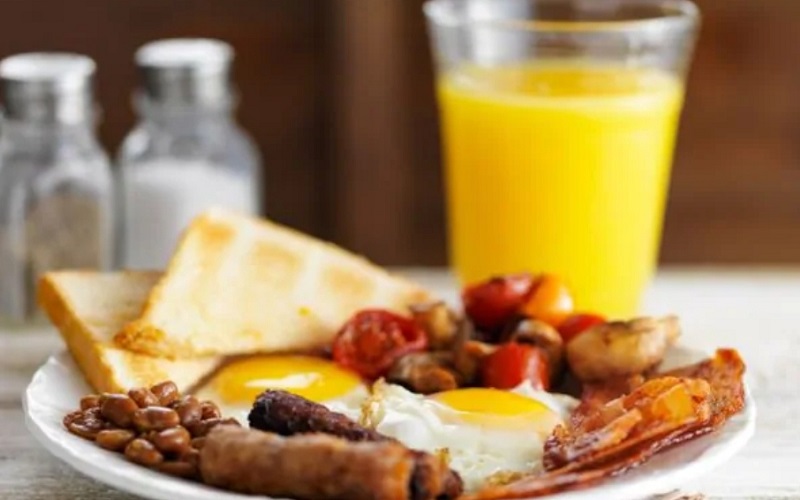
When planning meals, there are several things to consider.
Some things to think about when it comes to your hiking food include:
Taste: eat food that you like. You do not need to convert your taste buds to a new type of food while you are in the backcountry.
Calories: Going on a hike is not a good time to start a new diet.
You are going to need an ample amount of calories as well as water to fight fatigue and headaches.
Nutrition: It is okay to eat a candy bar during a hiking trip, but when you are thinking about the long haul, you are better off relying on proteins and complex carbs.
Nuts and dried fruits are smart snacks to eat, as they will provide more stable energy for your body than a candy bar.
Bulk and Weight: Remember, you are going to be carrying all of the food that you need with you. Stick with low-bulk and lightweight foods as much as you can, especially if you are going on a long journey.
Repackaging foods into a resealable plastic bag can help minimise garbage and bulk. Make sure to label the bags with cooking instructions.
Ease of preparation: keeping things simple is smart. Make sure that you include several no-cook food items in case you have a problem with your stove.
Water availability: this varies depending on where you go and can influence the types of food that you take.
Fuel: make sure that you have enough fuel to prepare the foods that you are bringing along.
Cost: There is a price to pay for convenience. Energy foods and freeze-dried meals can be pricey, but at the end of a long day of hiking, when your tired body simply has enough energy to only boil water, these luxuries can be justified.
Best Hiking Food Ideas
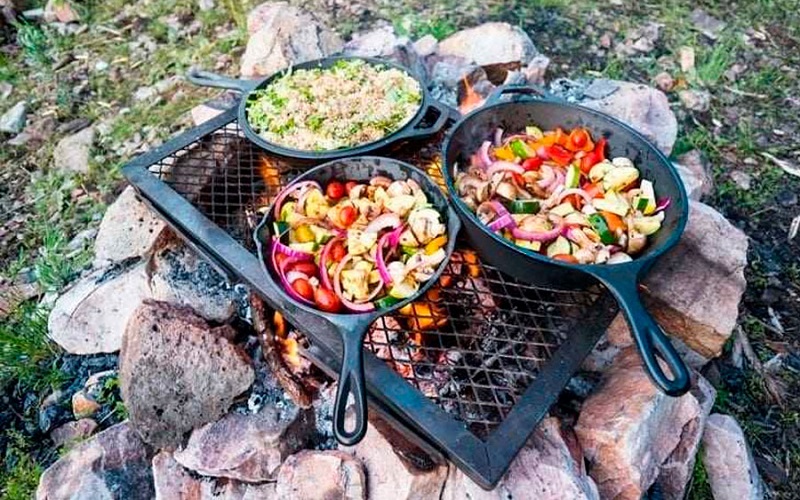
When it comes to meal options, there are many different choices, but you have to remember that you are out in the country and there is no refrigeration.
If you bring any fresh foods, they are only going to stay good for a day or possibly two.
Pasta, instant rice, drink mixes, soup mixes, and other dry foods do not weigh much, take up little room, and offer some decent meal alternatives.
Freeze-dried meals are very convenient, and while they are a bit pricey, they can deliver decent taste for a small amount of weight.
Only bring canned foods along if it is a short trip and you have a high hunger for food that is familiar.
Tuna and other canned meat products can be nice to toss in some sauce.
Skip any foods that are packaged in 15-ounce cans or larger, as the weight is simply not worth it.
You can bring along some of your favourite spices in small bags to add some flavour to your noodles or rice.
They do not weigh much and can provide you with the flavour that you are craving.
After days of drinking nothing but water, a flavoured beverage can be nice.
A powdered drink mix can be added to your water to provide you with a bit of a treat.
If you are hiking during the winter months, make sure that you bring along extra food to help keep you warm.
Carry any ready-to-eat items close to the body to keep them warm so you are not trying to defrost them when it is time to eat.
Breakfast
Breakfast while you are hiking can range from a simple energy bar to something more lavish, such as eggs, pancakes, coffee, and meats.
Hot meals can provide you with an extra boost, but a quick breakfast means that there is no clean-up and you can start your day earlier.
Some popular choices for breakfast food include: dehydrated eggs, breakfast bars, instant hot cereals, pancake mix, dry cereal, instant coffee or tea, juice, dried fruit, fresh fruit, granola, and powdered milk.
Lunch
Instead of taking a long break for a midday meal, it is often better to eat a series of snacks throughout the day.
Some popular choices include dried fruit, jerky, bagels, energy bars, fig bars, and nuts.
Dinner
Dinner is considered a reward at the end of a long day of hiking. Some backcountry enthusiasts do not mind the challenge of creating a hearty meal while they are out. However, most tired hikers opt for simply adding some boiling water to a prepackaged meal or a simple dish like pasta.
Some popular dinner choices include pasta, ramen noodles, packaged meals, instant soups, instant potatoes, instant stuffing, and tuna.
Conclusion
When choosing hiking food, stick to foods that have a high amount of protein and complex carbohydrates, as these will give you the best bang for your buck.
Lightweight items such as prepackaged meals and snacks provide good choices. When packing our food, remember that you will be carrying it all in your pack, so choose wisely.
Resources:

